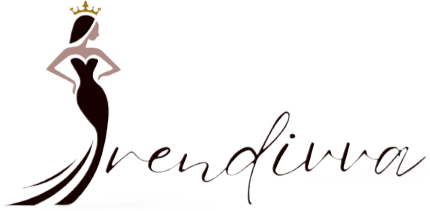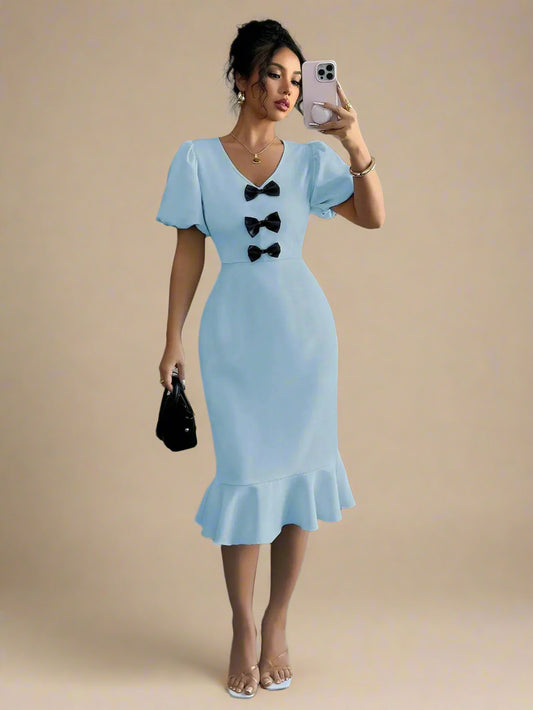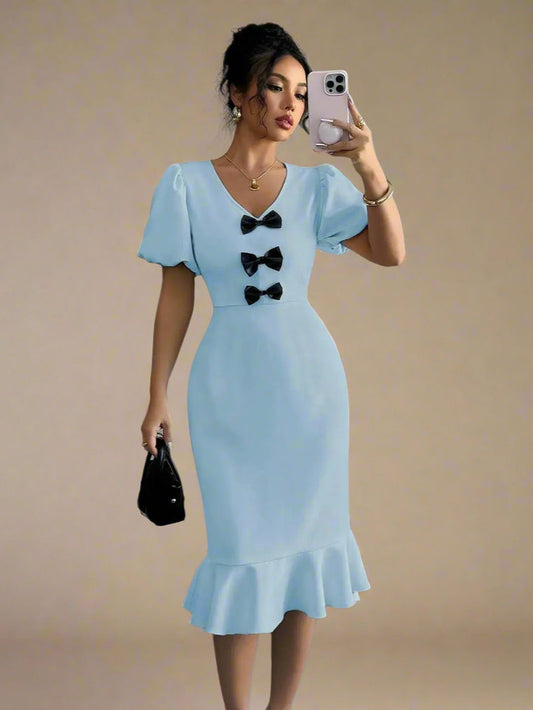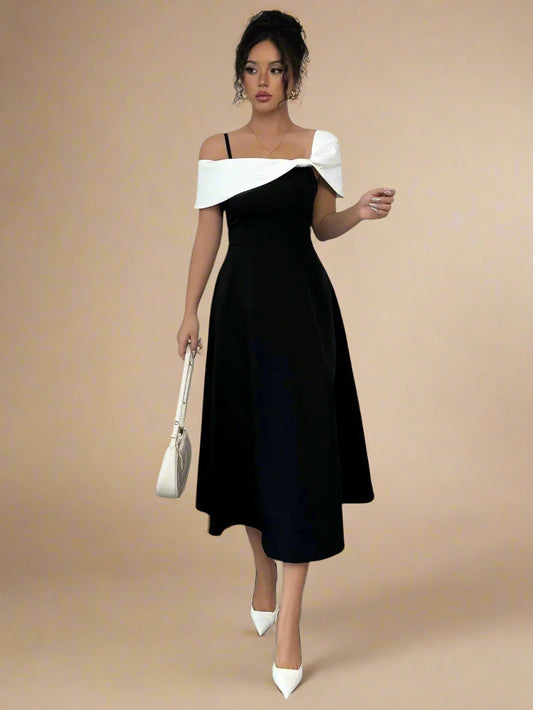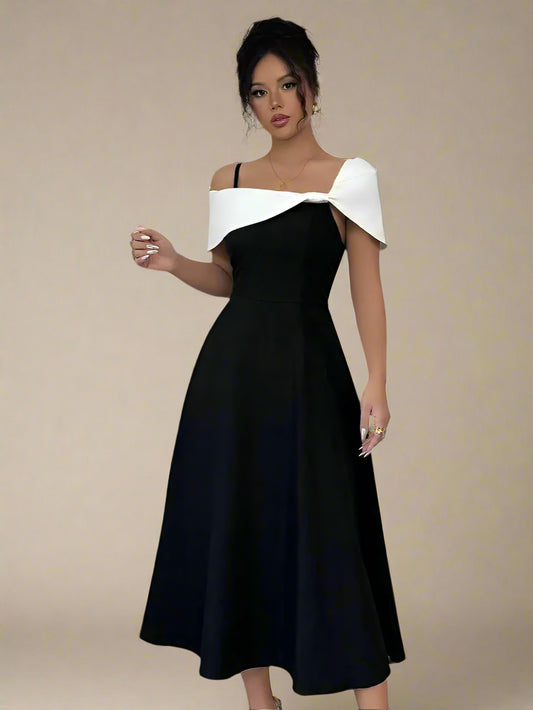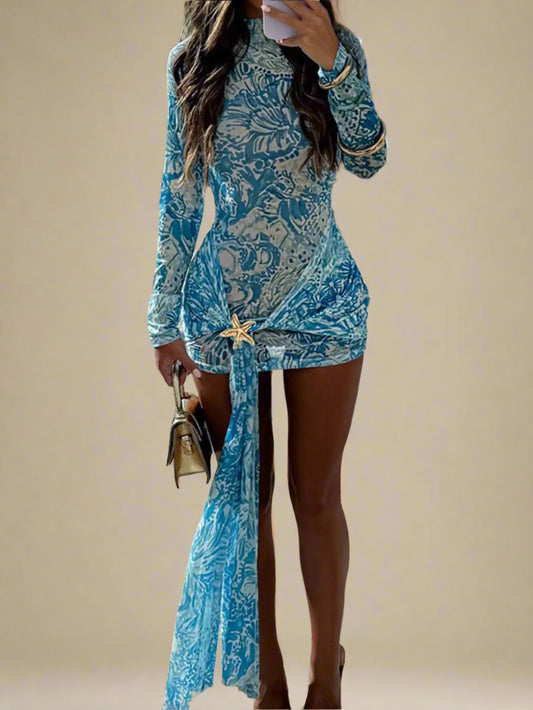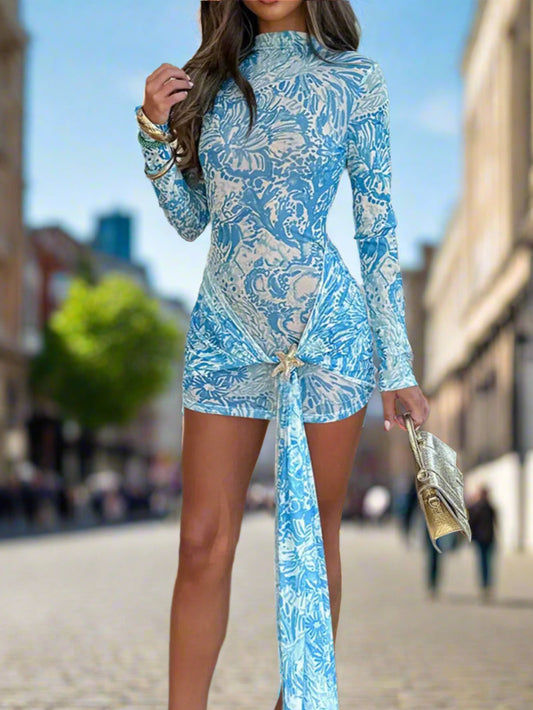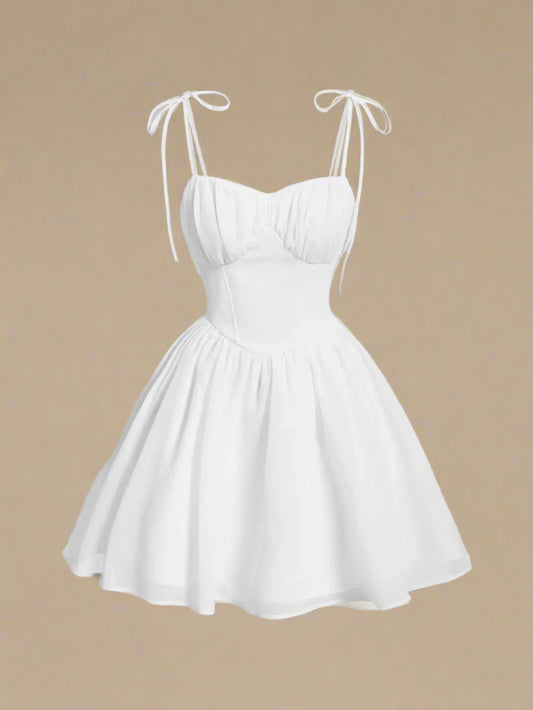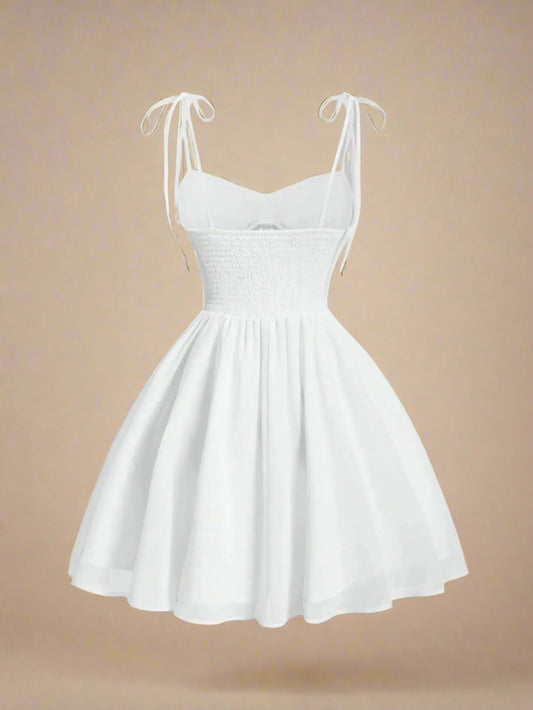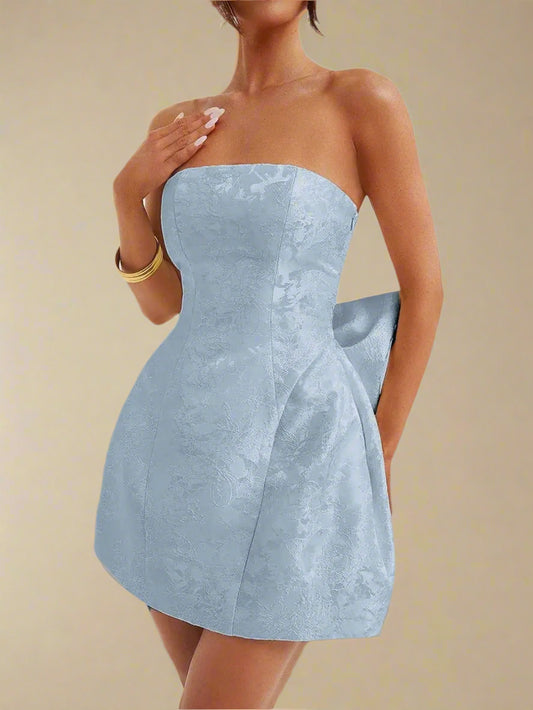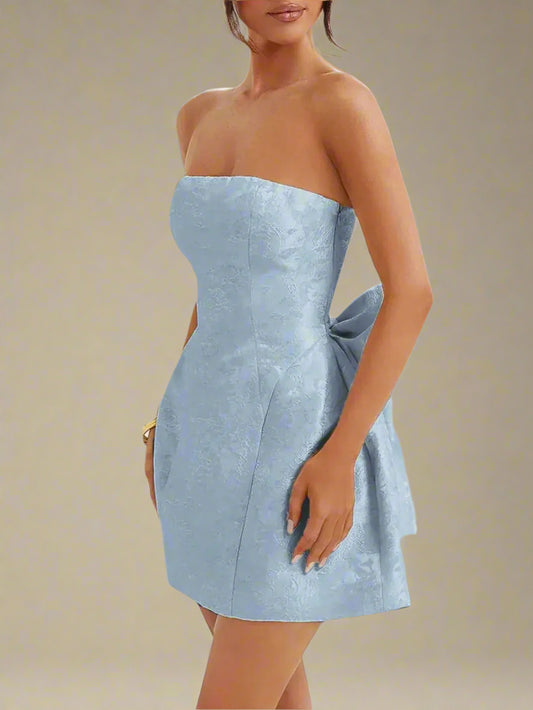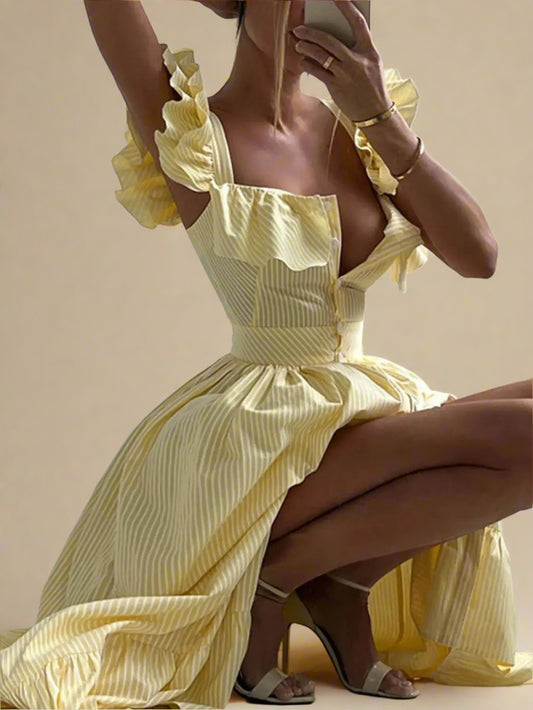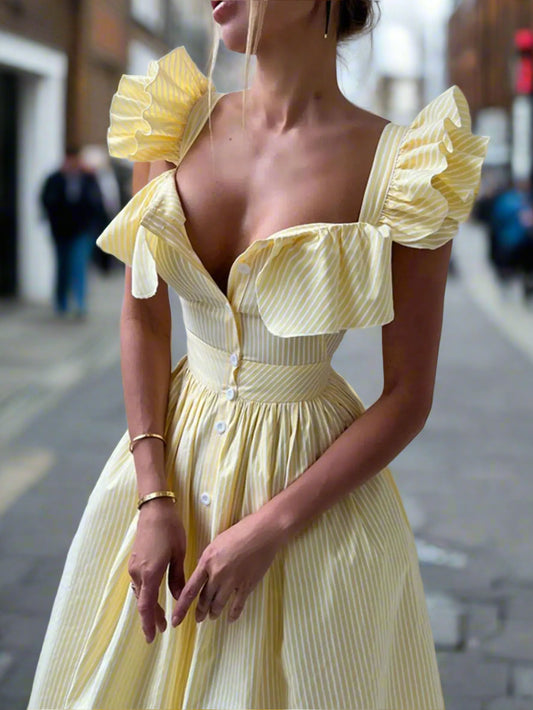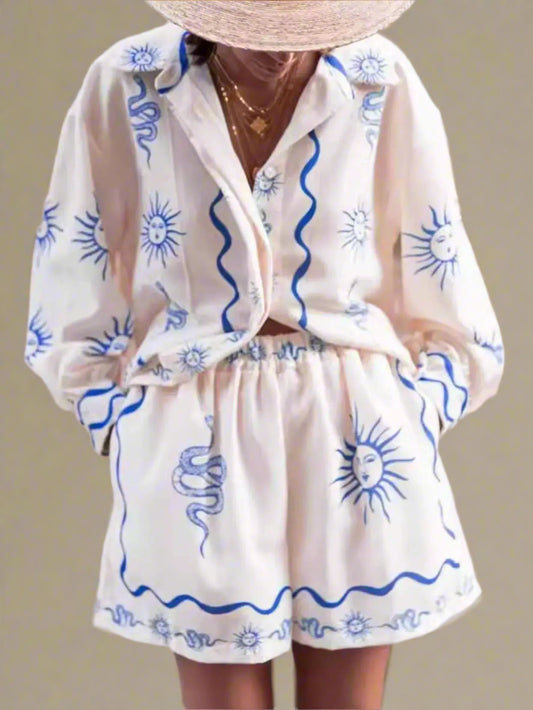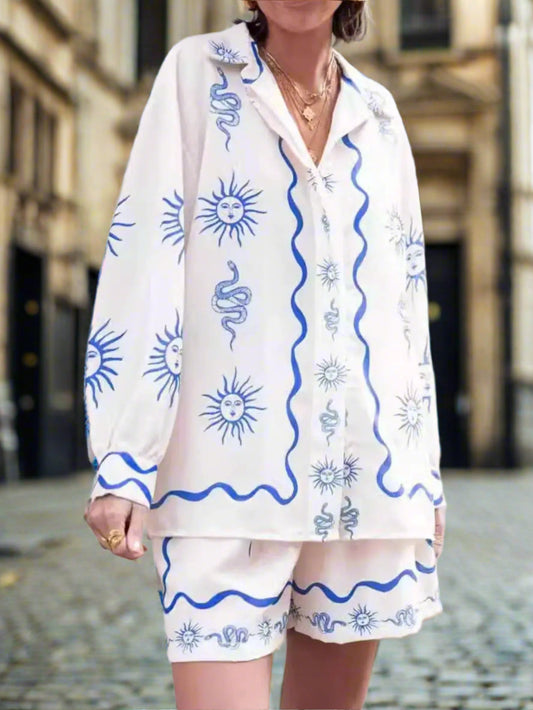Workplace dress codes used to be pretty simple. You wore a suit, or at least something close to it. But things have changed a lot. With more people working from home and companies trying to be more flexible, the old rules don't always make sense. So, what does a casual dress code mean these days? It's a good question, and figuring it out is important for businesses and employees alike.
Key Takeaways
- Companies are moving away from strict dress codes, often because employees want more relaxed options.
- The idea of "professionalism" in clothing is changing, especially with remote work becoming common.
- A modern casual dress code can help show off a company's brand and make employees feel connected.
- Comfort and personal style are becoming more accepted in the workplace, even in traditionally formal jobs.
- Think about custom team apparel to build unity and comfort, rather than just forcing a specific look.
Understanding the Core Purpose of Dress Codes
Dress codes in the workplace aren't just about telling people what to wear; they serve some pretty important functions. It's easy to think they're outdated, but when you look closer, you see they're trying to do a few key things.
Promoting a Productive Mindset
The idea here is that what you wear can actually influence how you work. Think of it like this: if you dress like you're ready to get things done, you might actually be more productive. It's not about being uncomfortable in a suit all day, but about finding that balance where you feel good and ready to tackle your tasks. Some companies are pretty strict, while others are more relaxed, letting employees figure out what works best for them. It's all about finding that sweet spot.
Fostering a Unified Company Culture
Dress codes can help create a sense of belonging. When everyone is on the same page, attire-wise, it can build team spirit. It's not about forcing everyone to look identical, but about creating a visual representation of the company's values and identity. For example, a tech startup might encourage casual wear to show they're innovative and approachable, while a law firm might stick to more formal attire to project professionalism and authority.
Defining Professionalism in the Workplace
What "professional" looks like has changed a lot over the years. It used to mean suits and ties, but now it can mean something totally different. It's about showing respect for your colleagues and clients, and representing the company well. It's not always about the clothes themselves, but about how you present yourself. A clean, well-maintained outfit, whatever the style, can go a long way. It's about finding that balance between personal style and company expectations.
Dress codes are a reflection of a company's values and how it wants to be perceived. They're not just about rules; they're about creating a shared understanding of what's appropriate and professional in a given context. It's a way of communicating the company's culture and expectations to both employees and clients.
The Evolution of Workplace Attire
A Recent History of the Workplace Dress Code
Workplace attire has changed a lot over the years. It wasn't that long ago when suits were the norm, but things are way more relaxed now. The shift toward more casual dress has been happening for decades.
Think about it: "business casual" became a thing in the '90s, thanks to companies like Levi Strauss. Even places like Goldman Sachs started letting people ditch the ties. It's wild how much things have changed. Plus, people are thinking more about the impact of the fashion industry, and a closet full of conference-room clothes just doesn't make sense anymore.
The Rise of Business Casual
Business casual really took off as companies tried to find a middle ground between formal and super-relaxed. It was supposed to be a way to be professional without being stuffy. But what does that even mean? Khakis and a polo shirt? A blazer with jeans? It's all pretty vague, and it's changed a lot over time.
Here's a quick look at how business casual evolved:
- Early days: Khakis and button-down shirts were the go-to.
- Mid-period: Blazers started showing up, sometimes with jeans.
- Now: It's all over the place, depending on the company.
Employee Preferences for Informal Dress
People really like dressing casually at work. A survey a few years back showed that a lot of employees would actually take a pay cut just to be able to dress more informally. That's how much they value comfort and self-expression. Remote work has only made this even more true. I mean, who wants to wear a suit when they're working from their couch?
The trend toward casual dress isn't just about comfort; it's about identity. People want to bring their whole selves to work, and that includes how they dress. It's a way to show personality and feel more at ease, which can actually boost productivity and morale.
Navigating the New Normal in Dress Codes
The way we think about what to wear to work has changed a lot recently. It's not just about looking presentable anymore; it's about comfort, practicality, and even expressing yourself. So, how do we make sense of dress codes in this new reality?
The Impact of Remote Work on Dress
Remote work has definitely blurred the lines. For many, the "Zoom shirt" – business on top, comfy on the bottom – became the uniform. But what happens when we start going back to the office, even if it's just part-time? Do we ditch the sweatpants entirely? Probably not. Remote work has shown us that comfort and productivity can go hand-in-hand. It's hard to go back to uncomfortable clothes after experiencing the freedom of working from home.
Revisiting Dress Code Relevance
Is the old dress code handbook even relevant anymore? It's a good question. Many companies are realizing that strict rules about attire might not be necessary, or even desirable. Employees are pushing for more flexibility, and some are even willing to take a pay cut for the privilege of dressing more casually. It's time to ask what "professionalism" really means in today's workplace. Is it about wearing a suit and tie, or is it about doing your job well and representing the company in a positive light?
Adjusting to Virtual Office Realities
Even if we're not physically in the office, we're still often on camera. This means that our appearance still matters, even in a virtual setting. But the rules are different. Here are a few things to consider:
- Lighting: Make sure you're well-lit so people can see you clearly.
- Background: Choose a background that's not distracting or unprofessional.
- Attire: Dress appropriately for the meeting or event. Even if you're wearing sweatpants on the bottom, make sure your top is presentable.
It's important to remember that dress codes are not just about rules; they're about communication. They send a message about the company's values and culture. By revisiting and adjusting our dress codes, we can create a more inclusive and productive work environment for everyone.
Aligning Dress Codes with Business Objectives

Where Business Goals and Fashion Collide
It's easy to think of dress codes as just rules about clothes, but they're actually tied to what a company wants to achieve. A well-thought-out dress code can help a business meet its goals. It's about finding the sweet spot where what people wear supports the company's aims, not hinders them. Think about it: what employees wear can affect how clients perceive the company, how productive employees feel, and even how well the team works together.
Showcasing the Company Brand
What employees wear can be a walking advertisement for the company. If a company wants to project a modern, innovative image, a stuffy, formal dress code probably won't cut it. On the other hand, if the company is in a traditional industry like finance, a more conservative approach might be better. It's all about making sure the dress code matches the brand's identity. Consider these options:
- Subtle branding through company colors.
- Branded merchandise that employees can wear.
- A style guide that reflects the brand's aesthetic.
Setting the Tone for the Workplace
The dress code can really set the mood for the office. If the goal is a relaxed, collaborative environment, a casual dress code might be the way to go. If the company values professionalism and attention to detail, a more formal dress code could be appropriate. It's about creating a visual cue that reinforces the company's values and culture. It's not just about looking good; it's about feeling good and being ready to work.
A dress code isn't just about telling people what to wear. It's about creating an environment where employees feel comfortable, confident, and ready to represent the company in the best possible light. It's a tool that, when used correctly, can help a business achieve its goals and create a positive workplace culture.
Defining Casual Dress Code Meaning for Today
Beyond Traditional Business Casual
Business casual used to be pretty straightforward: khakis and a polo, maybe a blazer. But things have changed. Now, it's more about finding a balance between comfort, professionalism, and personal expression. The old rules don't always apply, and what's acceptable can vary a lot from one company to another. It's less about specific items and more about the overall impression.
The Blurring Lines of Formal and Casual
The lines between formal and casual are getting really fuzzy. You see people wearing sneakers with suits, or jeans in meetings. It's all about context. What you wear for a client presentation is probably different from what you wear for an internal team meeting. The key is to be aware of the situation and dress accordingly. It's not just about what you wear, but how you wear it. Confidence and appropriateness are key.
Incorporating Personal Style Respectfully
One of the biggest shifts is the emphasis on personal style. People want to bring their authentic selves to work, and that includes their clothing choices. However, it's important to do this respectfully. Here are some things to keep in mind:
- Know your company's culture. Some places are more open to personal expression than others.
- Consider your role. If you're in a client-facing position, you might need to dress more conservatively.
- Think about the message you're sending. Your clothing should be appropriate for the workplace and not distracting.
It's about finding a way to express yourself while still maintaining a professional image. It's a balancing act, but it's possible to find a style that works for you and your company.
Ultimately, defining casual dress code today is about understanding the context, respecting the company culture, and finding a way to express your personal style in a professional manner.
Practical Applications of a Modern Dress Code

Custom Apparel for Team Unity
Forget the stiff polos with tiny logos. Think about custom-designed items that employees actually want to wear. It could be anything from cool t-shirts to unique jackets. The key is to create something that reflects the company's personality and makes employees feel like they're part of a team, without sacrificing their comfort or style. It's about finding that sweet spot where company pride meets personal expression.
Branded Performance Wear Options
Athleisure is here to stay, so why not embrace it? Offering branded performance wear is a smart move. Think moisture-wicking shirts, comfortable pants, and stylish jackets that employees can wear both at work and during their free time. This not only promotes team unity but also acts as a walking advertisement for your brand. Plus, it shows that you care about your employees' comfort and well-being.
Considering Employee Comfort and Productivity
Ultimately, a modern dress code should prioritize employee comfort and productivity. If people are uncomfortable in what they're wearing, it's going to affect their work. It's that simple. So, before implementing any dress code changes, get feedback from your team. Ask them what makes them feel most productive and comfortable. You might be surprised by what you learn.
A good approach is to simply ask your team what makes them feel productive. Do the clothes they wear impact their productivity at all? You may find that your dress code has little to do with how well they get their work done – and you may gain insight into what does help.
Here's a simple breakdown of factors to consider:
- Fabric: Breathable materials are a must.
- Fit: Clothes should be comfortable and allow for movement.
- Functionality: Consider the type of work your employees do and choose clothing that supports their tasks.
The Influence of Generational Shifts
It's hard to ignore how much younger generations are changing things, especially when it comes to what's considered appropriate work attire. What was once standard is now being questioned, and a lot of it comes down to different values and expectations.
Millennial and Gen Z Impact on Dress
Millennials and Gen Z are really shaking up the workplace dress code. They often prioritize comfort and self-expression over traditional ideas of professionalism. This isn't just about being lazy; it's about feeling authentic and productive in an environment that accepts them as they are. They grew up in a world where startups with hoodies were just as successful as corporations in suits, so their view of what's "professional" is naturally different.
Breaking Down Professional Norms
Traditional norms are definitely being challenged. The idea of a stiff suit and tie, or a formal dress, as the only way to show you're serious about your job is fading. Younger workers are asking, "Why can't I be professional and comfortable at the same time?" This is leading to a re-evaluation of what "professional" really means – is it about the clothes, or the quality of the work?
Valuing Comfort and Individuality
Comfort and individuality are big priorities for these generations. They want to bring their whole selves to work, and that includes their personal style. This doesn't mean wearing pajamas to the office, but it does mean having the freedom to choose clothes that make them feel good and reflect their personality. Companies that recognize and respect this are more likely to attract and retain younger talent.
It's not just about being trendy; it's about a fundamental shift in values. Younger generations see work as something that should fit into their lives, not the other way around. This means finding a balance between professionalism and personal expression, and companies need to be willing to adapt to this new reality.
Wrapping It Up: Dress Codes for Today
So, what does all this mean for workplace dress codes? It's pretty clear that the old rules don't quite fit anymore. We've seen how things have changed, from the rise of 'business casual' to the 'Zoom shirt' era. Companies that get this are the ones that will do well. It's not about forcing everyone into a suit and tie, or even a specific type of casual wear. It's about figuring out what makes sense for your team and your company's goals. When you think about what you want your dress code to do – like making people feel good, showing off your brand, or just making sure everyone is safe – you can come up with something that works for everyone. It's a chance to make things better and more comfortable for your people, and that's a win for everybody.
Frequently Asked Questions
Why do companies have dress codes?
Workplace dress codes help make sure everyone feels good about their work, builds a team spirit, and shows what the company is all about.
Are dress codes changing?
Yes, many companies are becoming more relaxed. This is because more people are working from home, and younger workers prefer comfy clothes.
What does 'business casual' mean?
Business casual means clothes that are nicer than everyday wear but not super fancy. Think of a nice shirt, khakis, or a skirt, instead of a suit.
Can I wear sneakers to work?
It depends on the company! Some places are fine with neat sneakers, especially if they match the company's vibe. Others might still prefer dressier shoes.
How do I know what's appropriate to wear?
It's a good idea to look at your company's rules or ask your boss or HR. You can also see what others wear to get a sense of what's okay.
How can clothes help build team spirit?
Some companies give out custom shirts or jackets to help everyone feel like they're part of the same team. This can be a fun way to show company spirit.
